What Are Realistic Fiction Books & Why Important?

Realistic fiction books are masterful weavers of stories that seamlessly intermingle everyday narratives with a touch of the plausible and a hint of the magical. Unlike their fantasy counterparts, these literary gems are mirrors reflecting the raw complexities of our world, embracing its unvarnished truths.
In realistic fiction, readers find a bridge to traverse the vast landscape of diverse perspectives, an enriching journey that deepens our comprehension of the multifaceted human experience. These narratives serve as a conduit for cultivating empathy, unveiling the unfiltered struggles of characters, and kindling compassion as we navigate life through the lens of others.
Immersed in the intricate web of character choices, readers are poised to sharpen their intellect and hone their problem-solving acumen. These tales become catalysts for self-reflection and personal growth, allowing us to scrutinize decisions and their consequences, all while refining our cognitive abilities.
Realistic fiction’s greatest gift lies in its ability to inspire unwavering determination, urging individuals to pursue aspirations and overcome life’s challenges. Beyond intellectual enrichment, it serves as a safe space for addressing difficult topics like bullying or addiction, fostering understanding and healing. Moreover, realistic fiction offers a captivating escape, transporting readers to imaginative realms where reality’s boundaries blur, providing profound sources of wisdom that navigate the complexities of existence and encourage embracing the full spectrum of human experiences.
Here are the top 10 Realistic Fiction Books
To Kill a Mockingbird by Harper Lee (1960)
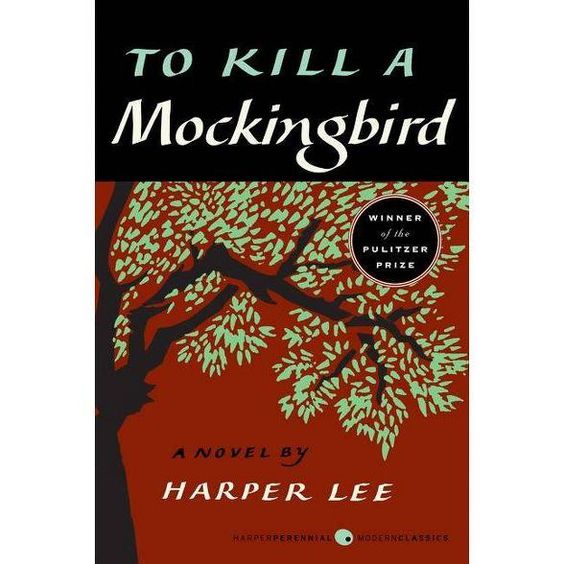
Realistic Fiction Books 1
Harper Lee’s “To Kill a Mockingbird” delves into the profound themes of moral and social justice amid the backdrop of racial prejudice in 1930s Alabama. The narrative follows the lives of Atticus Finch and his children, Scout and Jem, as they grapple with racism in Maycomb.
The heart of the novel lies in the devastating impact of racial discrimination, emphasizing empathy and the lesson of “walking in someone else’s shoes.” It intricately weaves themes of moral courage and the pursuit of justice, symbolized by Atticus’s unwavering defense of Tom Robinson. The story also explores the loss of innocence as Scout and Jem mature and confront the harsh realities of racism. Overall, the novel is an immersive exploration of justice, empathy, and the moral obligations in the face of societal injustices.
The Catcher in the Rye by J. D. Salinger (1951)#Realistic Fiction Books
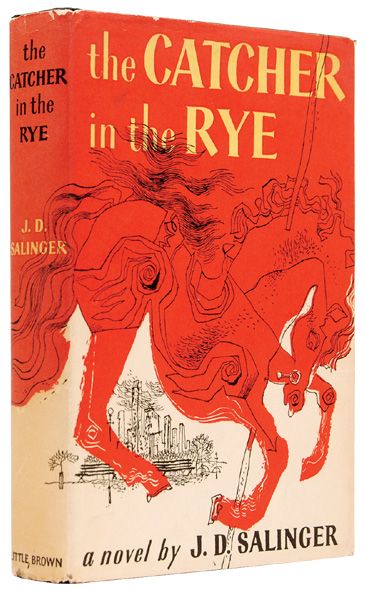
Realistic Fiction Books 2
J.D. Salinger’s renowned novel, “The Catcher in the Rye,” delves into the pervasive alienation and isolation experienced by individuals in a society marked by conformity and superficiality. The story follows Holden Caulfield, a disillusioned teenager who grapples with a deep sense of disconnection from the adult world, perceived as insincere and hypocritical.
The narrative explores the stark contrast between the innocence of childhood and the perceived artificiality of adulthood, with Holden aspiring to protect the purity of children, symbolized by the role of a catcher in the rye. The novel also delves into the complexities of identity and the relentless quest for authenticity, all while addressing mental health challenges and the emotional isolation they impose. In essence, “The Catcher in the Rye” presents a poignant examination of alienation, inviting reflection on authenticity and the impact of mental health on one’s sense of isolation.
1984 by George Orwell (1949)#Realistic Fiction Books

Realistic Fiction Books 3
George Orwell’s “1984” is a compelling exploration of totalitarianism, oppressive government control, and the consequences of living in a dystopian society. Set in a nightmarish world dominated by Big Brother, the novel depicts a society where citizens are under constant surveillance by the Thought Police, eroding personal freedom and privacy. It delves into the manipulation of truth through propaganda and the revision of history, revealing the dangerous potential of a government to control perception.
The theme of resistance and the pursuit of individuality is embodied by the protagonist, Winston Smith, who challenges the Party’s dominance. In essence, “1984” warns against unchecked power and underscores the importance of safeguarding individual liberties in the face of oppressive rule
The Grapes of Wrath by John Steinbeck (1939) #Realistic Fiction Books
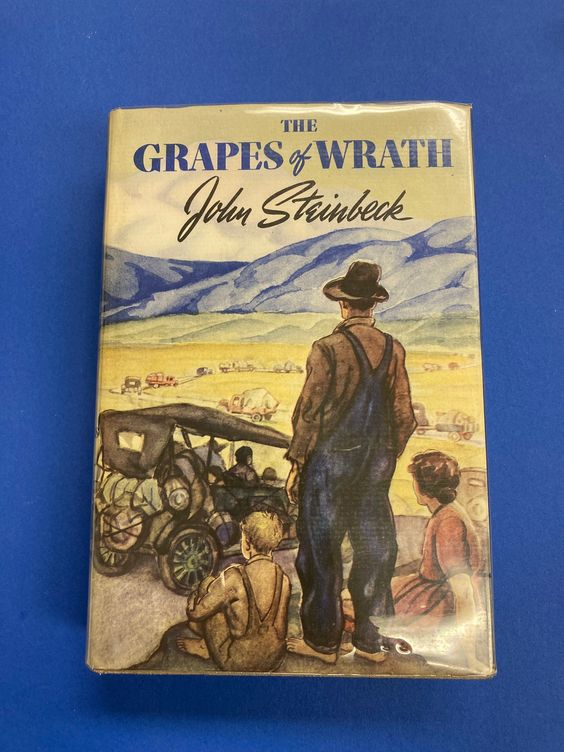
Realistic Fiction Books 4
“The Grapes of Wrath” can be interpreted as a proletarian novel, emphasizing the need for social change by shedding light on the unjust working conditions faced by migrant workers upon their arrival in California. The landowners in California hold significant power and manipulate supply and demand to keep wages low, taking advantage of the impoverished labor force.
After hearing Casy speak about the importance of unity, Tom decides to champion the cause of the workers, advocating for their rights and fighting against exploitation in the face of the ruthless economic machine. In the end, the Joad family forms a strong sense of community with their fellow exploited laborers, united in their pursuit of the sometimes elusive American Dream. This classic novel by John Steinbeck serves as a powerful reminder of the struggles faced by the working class during the Great Depression and continues to resonate with readers as a call for social justice and solidarity.
The Lord of the Rings trilogy by J. R. R. Tolkien (1954-1955) #Realistic Fiction Books

Realistic Fiction Books 5
J.R.R. Tolkien’s “The Lord of the Rings” is a captivating trilogy comprising “The Fellowship of the Ring,” “The Two Towers,” and “The Return of the King.” The adventure begins when Bilbo Baggins leaves his magical ring with his cousin Frodo, unaware that it is the malevolent One Ring created by the Dark Lord Sauron.
As Frodo sets out to destroy the ring in Mount Doom, he is joined by the Fellowship, facing challenges such as encounters with Ringwraiths, Gollum’s betrayal, and the apparent loss of Gandalf. Along the way, conflicts arise, with Boromir succumbing to the ring’s allure and the capture of Merry and Pippin by orcs. The narrative unfolds with various characters uniting to confront the looming threat of Sauron and the quest to save Middle-earth from darkness.
The Harry Potter series by J. K. Rowling (1997-2007) #Realistic Fiction Books
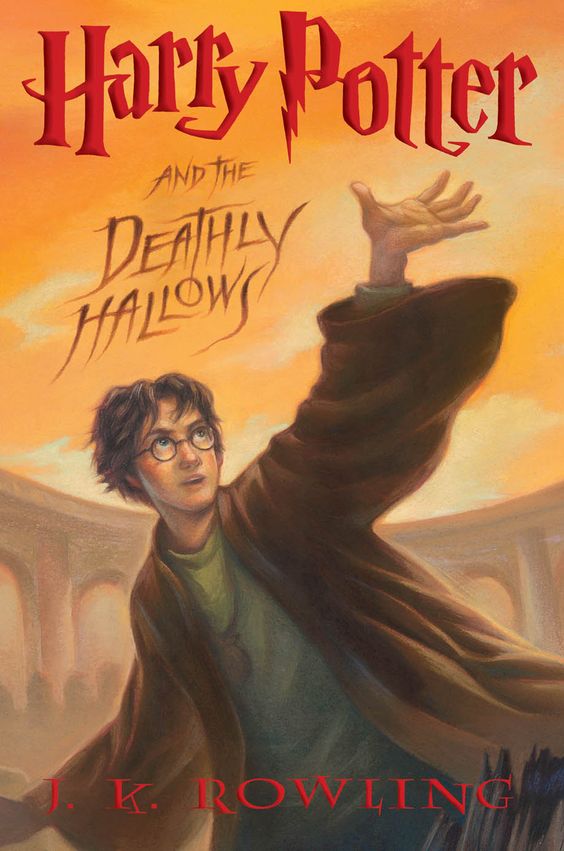
Realistic Fiction Books 6
The “Harry Potter” series by J.K. Rowling intricately explores the eternal battle between good and evil, with protagonist Harry Potter facing the malevolent Lord Voldemort and the Death Eaters. Themes of justice, choices, and the enduring power of love, courage, and friendship are central. Additionally, the narrative delves into the universal journey from childhood to adulthood, self-discovery, and the importance of unity and acceptance in the diverse wizarding world. The books also tackle destiny and personal agency, especially through Harry’s struggle with fulfilling a prophetic destiny while exercising free will. The series weaves a multifaceted narrative encompassing loyalty, self-sacrifice, and the value of education.
The Chronicles of Narnia series by C. S. Lewis (1950-1956 #Realistic Fiction Books

Realistic Fiction Books 7
C.S. Lewis’s “The Chronicles of Narnia” series is a captivating fantasy world that intricately blends Christian allegory with a rich narrative. The central theme revolves around redemption and sacrifice, exemplified through the Christ-like figure of Aslan, a majestic lion. The series also explores the timeless battle between good and evil, presenting characters with moral quandaries that reflect broader Christian values.
Faith plays a significant role, serving as a source of strength and guidance for characters facing challenges. Additionally, the concept of divine providence is woven throughout, aligning with the Christian belief in a grander plan. Overall, the series artfully intertwines these themes, inviting readers to ponder profound questions of faith and morality within the enchanting backdrop of a fantasy adventure.
The Book Thief by Markus Zusak (2005) #Realistic Fiction Books
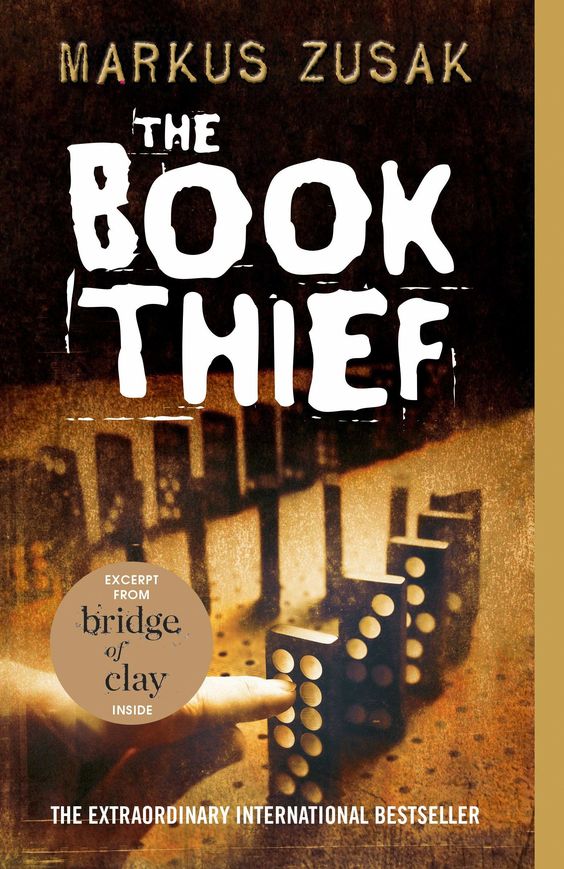
Realistic Fiction Books 8
“The Book Thief” by Markus Zusak is a compelling exploration of the transformative power of words and storytelling set in Nazi Germany. Following Liesel Meminger’s journey, the novel highlights how literature becomes a source of strength and resistance during times of oppression. Liesel’s passion for reading not only offers an escape but also fosters deep connections and provides solace in the face of trauma. Narrated by Death, the story delves into mortality, memory, and the enduring impact of the written word. Themes of human resilience, friendship, and kindness emerge, showcasing the redemptive qualities of literature and its ability to preserve humanity and inspire hope amid profound challenges.
The Kite Runner by Khaled Hosseini (2003) #Realistic Fiction Books

Realistic Fiction Books 9
“The Kite Runner” by Khaled Hosseini delves deeply into the theme of redemption and atonement, portraying the life of Amir in Kabul and his complex relationship with his friend Hassan against the tumultuous backdrop of Afghanistan’s political and social upheavals. Amir’s childhood actions lead to a profound betrayal of Hassan, haunting him into adulthood. The novel follows Amir’s journey to seek redemption not only on a personal level but also as part of a broader effort to redeem a nation scarred by war.
Themes of guilt, forgiveness, and the enduring consequences of choices are intricately woven into the narrative, highlighting the potential for redemption through acts of courage and confronting one’s history. The story also explores the intricate bonds between fathers and sons, the immigrant experience, and the pursuit of identity amid displacement and loss. Ultimately, “The Kite Runner” challenges readers to reflect on the significance of making amends and the complex nature of seeking redemption, both individually and as a nation emerging from conflict.
The Color Purple by Alice Walker (1982) #Realistic Fiction Books

Realistic Fiction Books 10
Alice Walker’s “The Color Purple” is a powerful exploration of self-discovery, empowerment, and resilience in the lives of African-American women in the early 20th century. The narrative revolves around Celie’s journey, navigating oppression and abuse to find her inner strength and voice. The novel delves into the intersectionality of race and gender, depicting the challenges faced by African-American women in a society marked by discrimination and inequality.
Central to the story is Celie’s transformative self-identity and pursuit of independence. Notably, the novel highlights the importance of female relationships and solidarity, emphasizing love and friendship as sources of strength. “The Color Purple” is a poignant tribute to the indomitable human spirit’s ability to overcome adversity and embrace self-acceptance amid profound challenges in the context of African American women’s lives.
Conclusion #Realistic Fiction Books
“I Hope This Article Enhances Your Well-Being and Fosters Personal Growth”
This article underscores the universal human pursuit of inspiration and wisdom in the journey of life. It emphasizes the shared desire for continual evolution, understanding the world, and fostering personal growth. The piece aims to provide insights, encouragement, and a fresh perspective on life, well-being, and personal development. By exploring the wisdom within, readers can gain tools for a more fulfilling and meaningful life, recognizing life’s experiences and challenges as opportunities for learning and growth. The central message advocates embracing these opportunities with a positive mindset, enabling individuals to view challenges as stepping stones toward personal development rather than obstacles.
This passage emphasizes the ongoing nature of understanding the world, highlighting the importance of curiosity, open-mindedness, and exploration. It emphasizes that unraveling the complexities of life not only enriches individual experiences but also contributes positively to others. The pursuit of personal growth is portrayed as a unique journey involving self-reflection, goal-setting, and skill development. The text encourages readers to recognize their potential for making a positive impact on their lives and those around them. Ultimately, the article serves as a source of inspiration and guidance, urging readers to embrace life’s challenges and opportunities for a more fulfilled and enriched existence.



For newest news you have to visit internet and on the web I found this
web page as a best site for most up-to-date updates.